If you are a fan of military equipment, then the Royal Thai Air Force Museum will appeal to you. I would like to note right away that it is not as big as, for example, in Paris or London, but it has its own highlight – the original Japanese planes from World War II, which are rarely seen elsewhere. The museum collection includes 50 planes, some placed outdoors, while others are in the hangar.
The museum was officially opened in January 1969. The place for it looked to the north of the city, near the airport Don Myang, which in those years was the main air gateway to Bangkok.
The collection is constantly updated, but still a far cry from similar museums in other countries. At the moment the number of exhibits exceeds 50 boards, among which meet quite rare, some more than 100 years old.
This area could be safely called an aviation district, because in addition to the airport and museum, it also houses the Academy of the Royal Air Force.
MUSEUM MAP
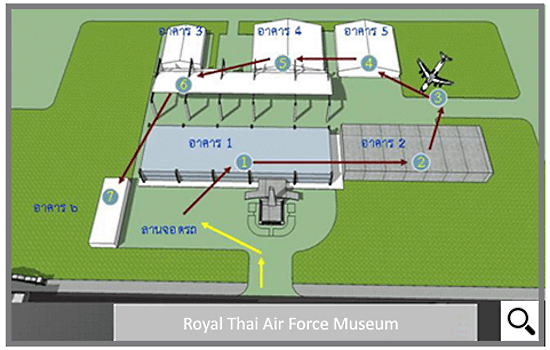
Point 1 (Building 1) The Exhibition of 100 years of Royal Thai Air Force Founding Father’s Aviation
Point 2 (Building 2) The Exhibition of Royal Thai Air Force Bravery
Point 3 Royal Flight BOEING 737 – 200
Point 4 (Building 5) The Honor and Initiative of His Majesty Exhibition
Point 5 (Building 4) The Exhibition of Military Uniforms and Aviation Learning
Point 6 Outdoor Exhibition of Aviation Learning and Proudly Made in Thailand Exhibition
Point 7 The End of Walking Map and Souvenir store
HISTORY OF AVIATION IN THAILAND
A couple of words about the history of aviation in Thailand. It originated in Siam during the reign of Rama VI (from 1910 to 1925). The future king, then still called Wachiravud, received his higher education in Great Britain. It was during those years that he noticed the rapid development of aviation in Europe. He was so impressed that almost immediately after his ascension to the throne, he organized an air show. It was held in February 1911 at the Sra Pathum Hippodrome. The air shows in those years were not as big as they are nowadays, but everyone enjoyed the performance of Charles Van Den Born, the Belgian pilot, who showed various tricks on the Farman IV biplane. The Thai generals liked this performance most of all, who immediately decided that the country needed airplanes to defend its territories from the air. The Thai Ministry of Defense quickly set up an aviation unit in the army, where only 3 men were initially selected. These lucky men were immediately sent to France for flight training.
At the same time, the government bought eight planes from France, four of which were made by Breguet and four by Nieuport. There was no airport in Thailand at the time, of course, and so the main hippodrome was used for this purpose, the site of which is now the Royal Bangkok Sports Club. After long deliberation, it was decided that Don Muang would be the best place to fly, and by 1914 the country’s first airport was finished. The king was so fascinated by airplanes that he himself took to the skies on several occasions. He flew a Nieuport monoplane with a 28 hp engine and reached a speed of 110 km/h, which was very fast in those days.
Also in This Issue
In 1928, when Rama VII was already on the throne, there was a second milestone event in the history of Thai aviation – Siamese aircraft designers have collected their first plane. It was the two-seat B-2 bomber, which later became known as the Paribatra. During the design of the aircraft, it was decided to give the opportunity to install different engines, power units from Bristol Jupiter and BMW. After a while the air force received the first domestic fighter called F-5 Prachatipok.
Of course the local industry could not supply the whole country with airplanes, so during the 1930s Thailand bought airplanes from the USA, Great Britain and Germany.
In 1940 the Franco-Thai War broke out which lasted a little over a year. Thailand, thanks to its air superiority, was able to defeat the troops of the Vichy regime and as the victor annexed some territories of French Indochina. France lost parts of its colonies in Cambodia and Laos in that war.
During World War II, Thai aviation assisted Japan. In the early 1950s, the kingdom’s aviation provided transport assistance to the UN in Korea.
In the 1960s, the U.S. invaded Vietnam, and military bases were placed on Thai territory. In the 1970s, Thailand and the U.S. signed a military assistance treaty, and the kingdom’s air forces were enriched with new aircrafts T-33, F-84G, and F-86 F. In addition, military instructors trained Thai soldiers to pilot the new planes. Pilots went to the United States, England, Japan, and Germany where they learned all the tricks of air warfare.
The U.S. military left Thailand in 1976, and many bases have since been mothballed because their maintenance was too expensive for the country. However, the airstrips are kept in working order and can be used when needed. Since 2004, the headquarters of the Air Force has been moved to Dongmuang City.
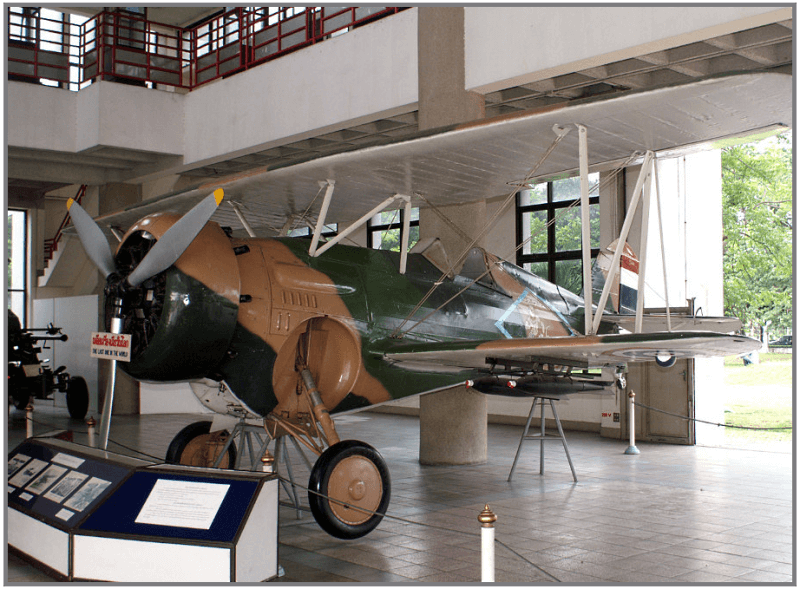
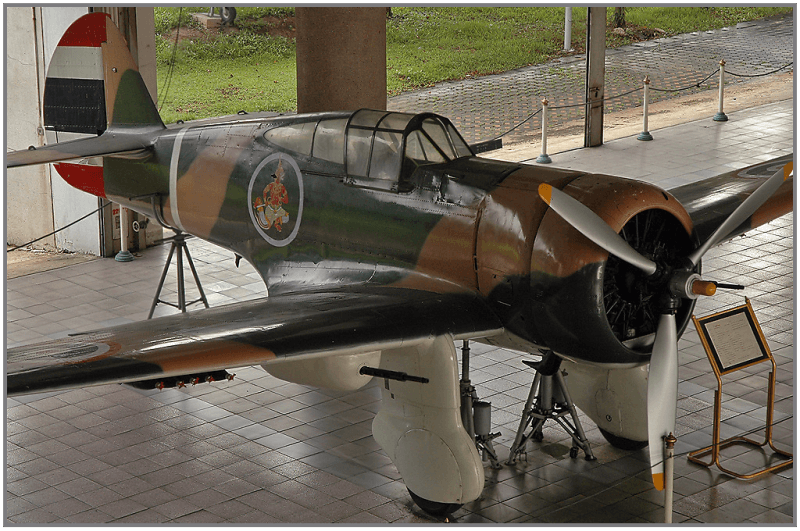
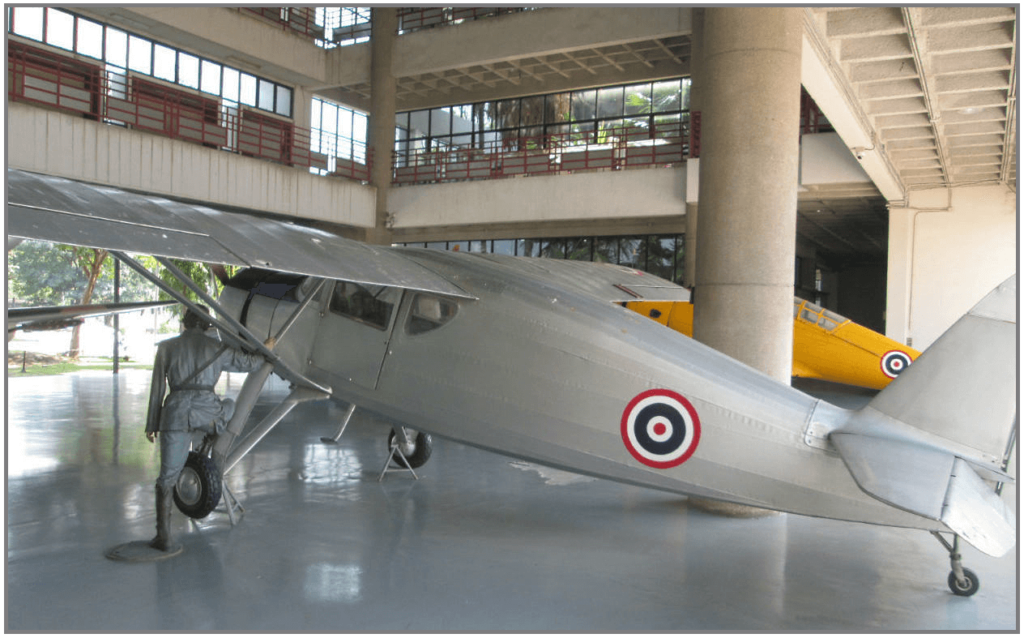
MOST POPULAR EXHIBITS IN ROYAL THAI AIR FORCE MUSEUM
All-metal monoplane Hawk (Hawk) built by Curtiss Company of America. They were produced in the 30s of last century. The plane was a fighter-bomber with a powerful piston engine. This model was equipped with retractable landing gear.
Japanese Tachikawa Ki-36/55 training aircraft. It is the highlight of the collection, as only two aircraft have survived to this day in the world.
The Vought O2U Corsair mixed construction biplane can also be described as a unique exhibit of the Royal Thai Air Force Museum, as it can only be seen here, there is only one such aircraft left in the world. The plane was a land scout, sometimes used for reconnaissance of coastal areas. It was launched with a catapult.
In addition to military aircraft, the collection includes other aircraft: transport, search and rescue, training. The Sky Raider (Douglas AD-1), which took an active part in the Vietnam War, is worth attention. The North American F-86L Sabre fighter could fly at any time and was equipped with a locator. A feature of the Fairchild C-123B Provider was that it could land in ordinary jungle slices.
In front of the main building were three aircraft: a Fairey Firefly naval fighter produced by the British company, a light Helio U-10B Courier which could take off from an ordinary soccer field, and a Curtiss SB2C ground attack aircraft.
The American-made Grumman G-44A Widgeon amphibious aircraft was designed for search and rescue operations.
There is a representative of domestic production in the museum collection – the MiG, participated in the Vietnam War, on the hull and nowadays one can see inscriptions in Russian.
Besides planes the museum also has helicopters, you can see the following models: S-58T, H-19 Chickasaw, H-34 Choctaw, Bell 206 Jet Ranger III, Kaman H-43B Huskie, WS-51 Dragonfly.
ENTRANCE FEE
There is no fee for admission to the Royal Thai Air Force Museum.
ROYAL THAI AIR FORCE MUSEUM LOCATION
- Address: 171 Phahonyothin Rd, Sanambin, Don Mueang, Bangkok 10210
- Tel. 025341853
- Web https://www.rtaf-museum.com/en/
- E-mail rtafmuseum61@gmail.com
OPENING HOURS: Tuesday to Saturday, 09 – 15.30
Scan this QR code to add Royal Thai Air Force Museum to your phone
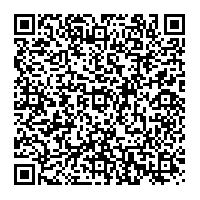
HOW TO GET TO ROYAL THAI AIR FORCE MUSEUM
From the city center you can take the following bus routes 34, 39, 114, 185, 188, 503, 520, 522, 543. The Don Muang Railway Station is 500 meters from the museum.
If you want to visit the museum from Suvarnabhumi Airport, you can take buses #554 and 555 to Don Muang Airport, the fare is 35 baht. Travel time is 30 to 90 minutes, depending on traffic. If you have a plane ticket, you can take the free shuttle.
CONCLUSION
In addition to aviation equipment, other exhibits include pressure chambers, anti-aircraft guns, radars, locators, and pilot simulators. You can also see the uniforms of pilots of Thailand, their insignia, awards, emblems, and old photographs.
The visitor can get into the cockpit of the aircraft or walk around the wing, though not all, photos and videos are allowed.


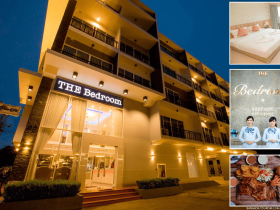
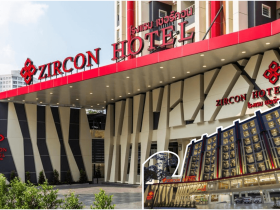
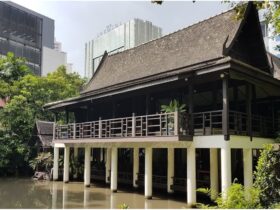
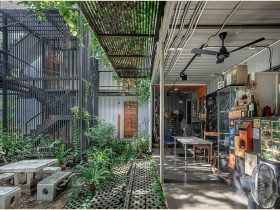
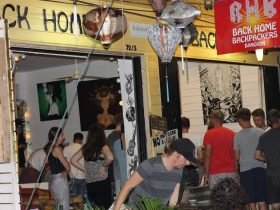

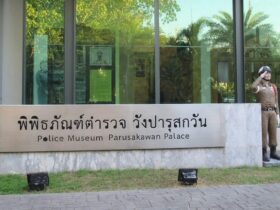
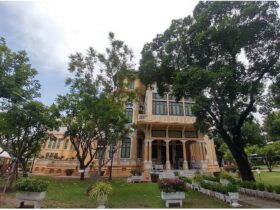
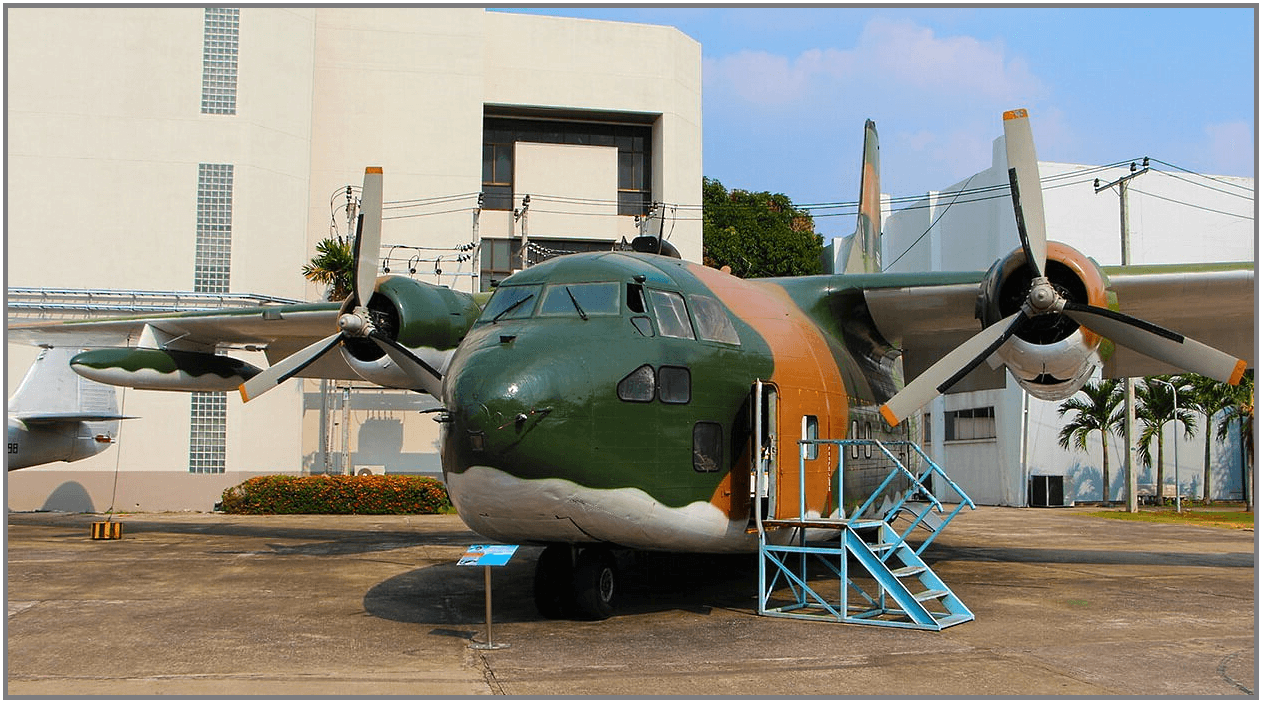

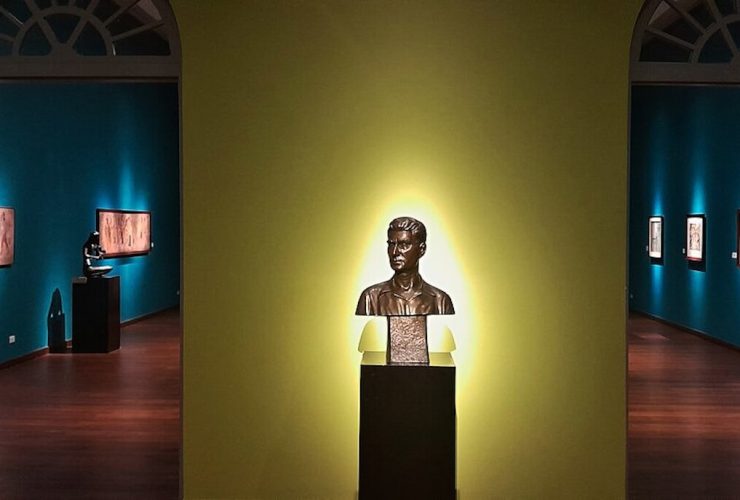
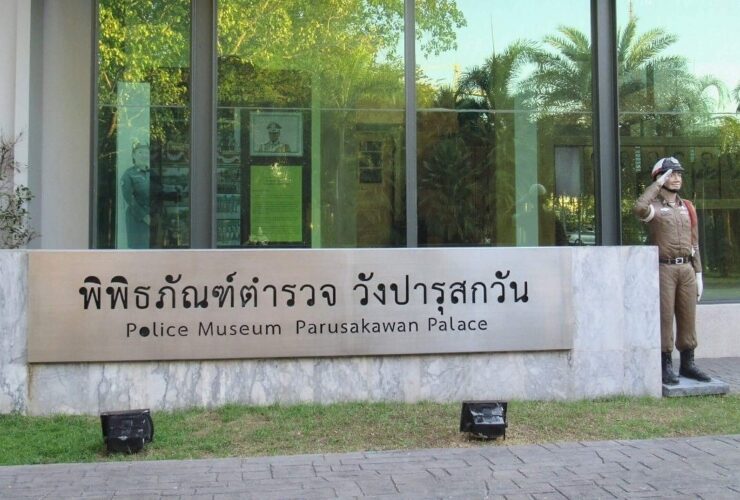
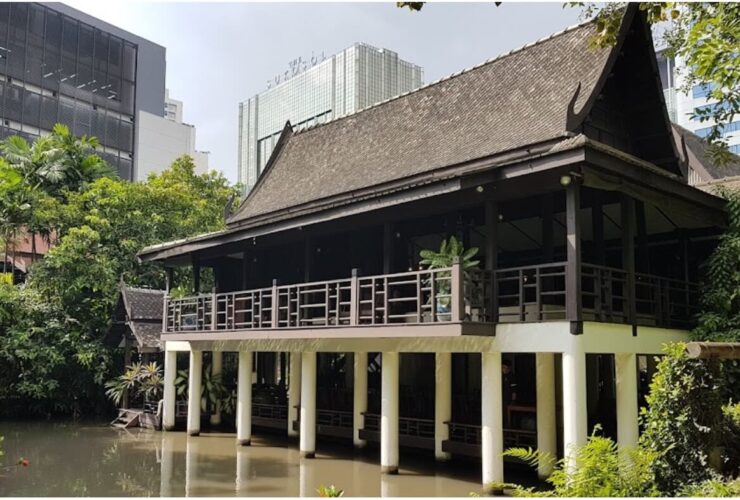
Leave a Reply
View Comments